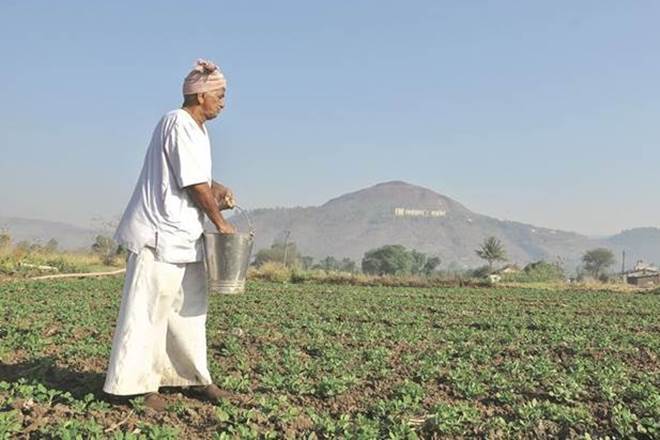Relevant for Sociology, General Studies & Essay.
The Centre spends some Rs 70,000 crore annually to heavily subsidise fertiliser for farmers, but two-third of the beneficiaries have no idea that they receive the largesse, a survey has found. About 90% of them, however, know that Aadhar is required to buy fertilisers.

- The Centre spends some Rs 70,000 crore annually to heavily subsidise fertiliser for farmers, but two-third of the beneficiaries have no idea that they receive the largesse, a survey has found. About 90% of them, however, know that Aadhar is required to buy fertilisers.
- According to a new survey by consulting firm MicroSave, awareness among farmers about urea subsidy, which constitutes about two-third of fertiliser subsidy in India, was only 37%. Some 32% believe there is no subsidy in urea while 31% are not aware about the subsidy at all. While the production cost of gas-based urea is about `900 per 45-kg bag, farmers get it for `242, at a discount of over 70%.
- Thanks to Aadhaar, average transaction time for farmers has come down to 3-4 minutes at retail fertiliser shops from 9-10 minutes found in a pilot study by MicroSave in September 2016. The new study found that 60% retailers reported that they face issues while serving customers during peak season, forcing them to sell manually and authenticate later.
- Of the 99.5% people who bought fertiliser, 80.3% used Aadhar authentication, 6.4% Aadhar enrolment ID and Kisan Credit Card, while 12.8% bought through manual transaction. About 0.5% people were denied fertiliser, it noted.
- Thanks to plugging of leakages due to nationwide Aaadhaar authentication of beneficiaries at the time of sale under the Direct Benefit Transfer (DBT) programme, the Centre has estimated to have saved about `10,000 crore in April-February of FY19. Aadhar-enabled PoS machines at shops were rolled out from April 1, 2018 across the country. The new survey was conducted during July-September 2018 in which 11,281 farmers and 1,182 retailers spread over 18 states and 54 districts were covered.
- Other major findings include 99% farmers reported buying urea at MRP while 94% got transaction receipts. Reduction of weight of urea bag by 5 kg has also helped in optimization of urea use as farmers did not increase their consumption of fertiliser by way of number of bags.
- Retailers have flagged technology-related issues in PoS machines. On an average, they use one PoS to manage sales. They do not want to use more than one PoS because of its cost and additional manpower. Retailers said that the PoS updates are too frequent, which hamper their work.

